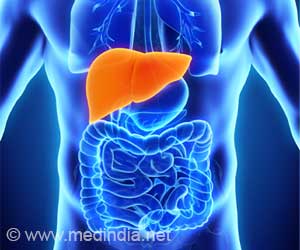This year, International Women's Day celebrated on March 8 will be centered on the theme of #EmbraceEquity
- Women are vulnerable to silent diseases that do not manifest symptoms at first
- A person skilled at recognizing their tiny symptoms is needed
- The top six most common diseases include ovarian cancer, cardiovascular disease, lupus, diabetes, Parkinson’s disease, and osteoporosis
This Women’s Day
Every year on March 8,On this occasion, we asked an expert to elaborate on the top five diseases that are silent killers for women.
"Silent killer illnesses are diseases that have little or no symptoms yet can lead to death if left untreated. Heart disease, hypertension, and diabetes are the leading silent killers. Some lesser-known silent illnesses include to mention a few, primary amyloidosis, renal cell carcinoma, pancreatic cancer, and hepatitis B or C infection," says Dr. Shalini Vijay, Senior Consultant Obstetrician & Gynecologist, Motherhood Hospitals, Lullanagar.
Dr. Shalini says the number-one silent killer is heart disease. "Hypertension, smoking, a sedentary lifestyle, and high cholesterol are the key risk factors that contribute to this elevated risk," says the expert.
Six Potential Diseases that can Impact Women’s Health
Let's take a look at the six potentially deadly diseases and how to recognize their subtle signs, as explained by Dr. Shalini.- Ovarian Cancer is the most Common type of Cancer:
- Cardiovascular Illness:
- Lupus:
- Diabetes:
- Parkinson's Disease:
- Osteoporosis:
One in every 75 women is affected by this deadly illness. Worryingly, many women have the illness without ever realizing it. The five-year survival rate is only 46%, and if the cancer is not diagnosed early, it may be even lower. The symptoms of this silent killer are sometimes so subtle that even doctors miss them.
Women, in particular, experience far fewer symptoms, such as shortness of breath, nausea, and weariness as compared to men. If you have a family history of cardiovascular disease, you are at a higher risk and should pay close attention to these signs.
Lupus is defined as a chronic, autoimmune disorder that can damage any portion of the body like skin, joints, and/or other organs within the body (source). A 'butterfly rash' may appear on the nose or cheeks, joints may become achy and tired, and breathing may become difficult; other common symptoms include hair loss, stomach pain, and migraines.
With so much information about the dangers of diabetes available, it's practically impossible for the disease to go untreated. However, the symptoms of diabetes, particularly type 2, can be so subtle and seemingly innocuous that people may not realize they have the condition.
Motor Neuron Disease (MND) is a neurological disorder in which nerve cells degenerate to the point of irreversible destruction. Patients lose all muscular capacity and eventually die as the disease progresses.
Osteoporosis is the major cause of fractures in postmenopausal women around the world. One in every two women over the age of 50 has an osteoporotic fracture. The risk of hip fracture equals the total risk of breast, uterine, and ovarian cancer. Women are twice as likely as men to get osteoporosis because their bones are thinner. The hormone estrogen drops throughout menopause, causing bone loss, weakness, and stress fractures.
Source-Medindia










